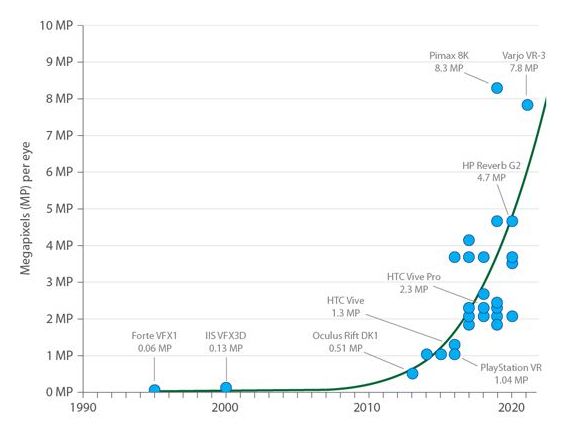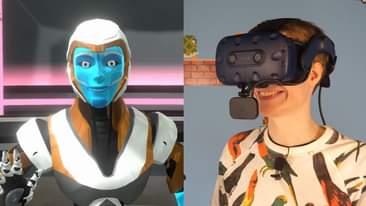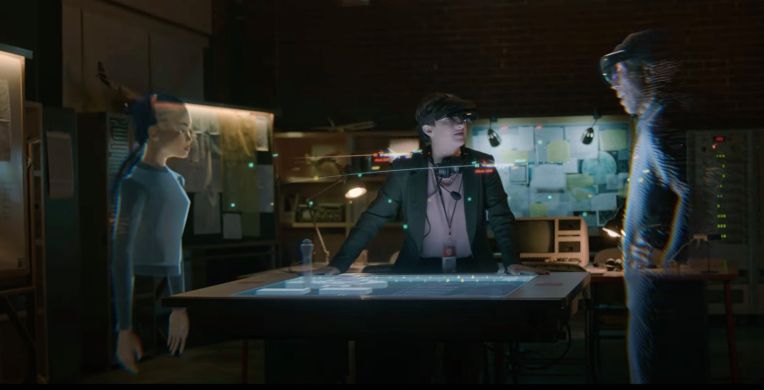Dr. Shawna Pandya MD, is a scientist-astronaut candidate with Project PoSSUM, physician, aquanaut, speaker, martial artist, advanced diver, skydiver, and pilot-in-training.
Dr. Pandya is also the VP of Immersive Medicine with the virtual reality healthcare company, Luxsonic Technologies, Director of the International Institute of Astronautical Sciences (IIAS)/PoSSUM Space Medicine Group, Chief Instructor of the IIAS/PoSSUM Operational Space Medicine course, Director of Medical Research at Orbital Assembly Construction (a company building the world’s first rotating space station providing the first artificial gravity habitat), clinical lecturer at the University of Alberta, podcast host with the World Extreme Medicine’s WEMCast series, Primary Investigator (PI) for the Shad Canada-Blue Origin student micro-gravity competition, member of the ASCEND 2021 Guiding Coalition, Life Sciences Team Lead for the Association of Spaceflight Professionals, sesional lecturer for the “Technology and the Future of Medicine,” course at the University of Alberta, and Fellow of the Explorers’ Club.
Dr. Pandya also serves as medical advisor to several space, medical and technology companies, including Mission: Space Food, Gennesys and Aquanauta, as well as the Jasper Dark Sky Festival Advisory Committee.
Dr. Pandya holds a Bsc degree in neuroscience from University of Alberta, a MSc in Space Studies from International Space University, an MD from University of Alberta, and a certification in entrepreneurship from the Graduate Studies Program at Singularity University.
Dr. Pandya is currently completing a fellowship in Wilderness Medicine (Academy of Wilderness Medicine), was granted an Honorary Fellowship in Extreme and Wilderness Medicine by the World Extreme Medicine organization in 2021, and was one of 50 physicians selected to attend the 2021 European Space Agency Space Medicine Physician Training Course. Dr. Pandya was named one of the Women’s Executive Network’s Top 100 Most Powerful Women in Canada in 2021, and a Canadian Space Agency Space Ambassador in 2021.
Dr. Pandya was part of the first crew to test a commercial spacesuit in zero-gravity in 2015. Dr. Pandya earned her aquanaut designation during the 2019 NEPTUNE (Nautical Experiments in Physiology, Technology and Underwater Exploration) mission. She previously served as Commander during a 2020 tour at the Mars Desert Research Station. Her expeditions were captured in the Land Rover short, released with the Apollo 11: First Steps film. She previously interned at ESA’s European Astronaut Center and NASA’s Johnson Space Center.






